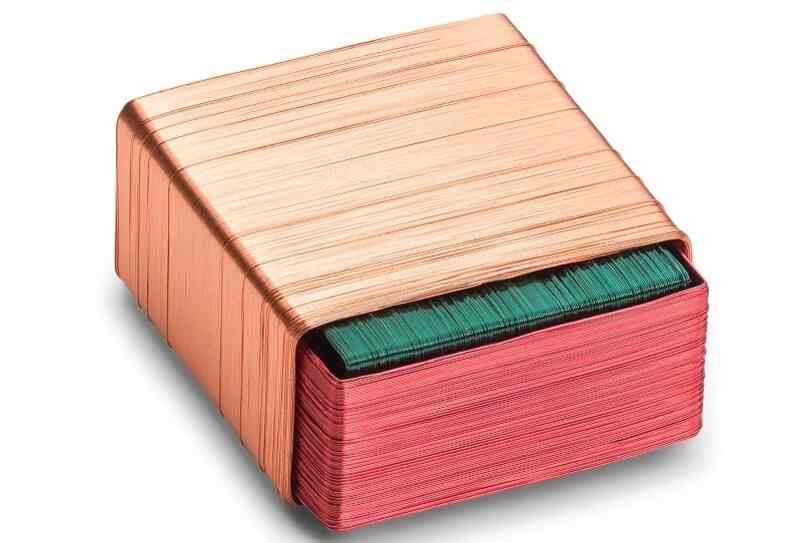Magnetic coils are utilized in a wide variety of applications and practically every sector. Devices like electromagnets, inductors, transformers, and sensors all require coils. Either an electric current that is passing through the coil’s wire causes a magnetic field, or an external magnetic field with time-varying features traveling through the coil’s interior creates an EMF (voltage) in the conductor. Coil winding is a crucial component of creating an electromagnetic field. Let’s delve into the details of Electromagnet Coil Winding.
What is Electromagnet Coil Winding?
Electromagnetic Coil Winding is a process where the wire is twisted into a coil and has numerous turns laid side by side to focus the magnetic field. A simple circle, helix, or spiral may be the coil’s shape, which is created to serve a specific function. Depending on the method used, coil winding can be divided into a number of groups like Linear winding, Needle Winding, Flyer winding & Toroidal core winding.
- The shape, which could be circular, elliptical, or rectangular, and the configuration of a winding determine the type of magnetic field it produces.
- A coil’s dimensions and shape are created to serve a specific function.
- Variables, including resistance, inductance, and the intensity of the required magnetic field, significantly impact the coil winding’s design.
- The design of coil windings is heavily influenced by variables, including inductance, Q factor, insulation strength, and the strength of the required magnetic field.
- A magnetic material core is placed within the coil to focus the magnetic field further. Contrary to a permanent magnet, an electromagnet’s strength may be easily altered by varying the power of the electric current flowing through it.
- By reversing the flow of electricity, the electromagnet’s poles can even be altered.
Challenges of Electromagnetic Coil Winding & Their Solution
As crucial as it is, Electromagnetic Coil Winding does not come without a few challenges. The requirement for miniaturization is one of the key issues confronting mechanical designers of cutting-edge systems. Miniaturization serves numerous functions, including reducing energy usage, reducing physical space needed, and reaching otherwise unreachable parts of its body.
These size limits present several issues in both manufacturing and connecting these components to one other and their supporting systems. Several of these devices’ designs rely on tiny coils, necessitating complex winding and connection procedures.
Connecting ultra-fine wires also poses a monumental challenge, as traditional solder tin-based connections are inadequate for connecting such thin wires. Solder-based joining has unintended consequences, such as oxidation of the connection and its surrounding regions, low durability and poor conductivity.
To address these issues, advanced thermo-pressure technology is employed to accomplish precisely efficient soldering with tight tolerances at extremely high temperatures. Thermo-pressure bonding method allows for the connection of ultrafine wires while avoiding previously described limitations.
Modern technology and robots can also wind micro coils and connect their wires to the previously impossible extent. These robotic technologies are not susceptible to the inconsistencies of manual production, allowing for the fabrication and micro coils connection on a scale and to standards not previously attainable.


